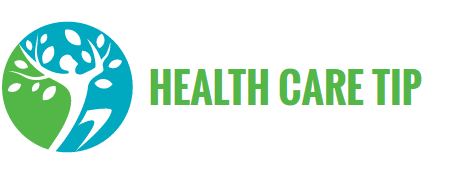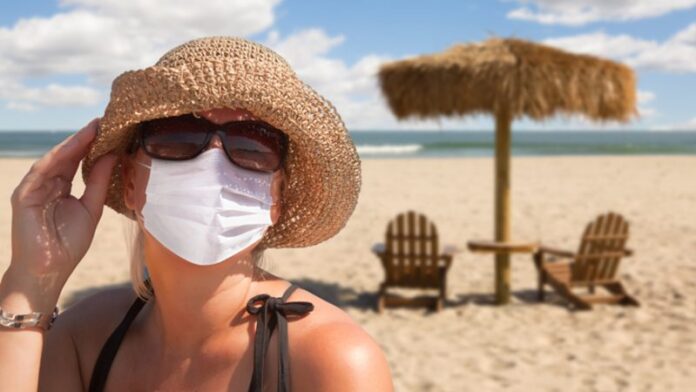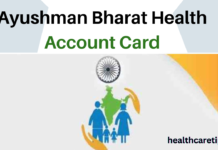Contents
COVID-19 on vacation
The second wave of the coronavirus has reached Peru and new restrictions have been put into effect. Despite this, many people are still on vacation and deserve to enjoy them, always respecting all biosecurity measures . This is important not only for your own health, but also for that of your loved ones; and that of the rest of the people with whom they interact.
To help you spend a safe vacation, despite the second wave of COVID-19, here are 5 tips.
Take a travel kit with you
In addition to the luggage and hand luggage that we carry on our trips, it is now advisable to carry a first-aid kit for travelers. In this we can carry all our biosecurity products to be safe from the coronavirus throughout our trip. In this kit we can place products such as: gel alcohol, reusable or disposable masks; fever medication, among others.
Follow the biosafety protocols given by the WHO
Whichever destination you travel to, during your vacations, respect the biosafety protocols given by the WHO and the Ministry of Health. For example, wash your hands for twenty seconds, constantly. Always use the mask, and even double mask due to the new know-how. Wear a face shield when taking public transport (including plane), etc.
Respect the biosafety protocols of the hotel where you are staying
Each establishment has its own biosafety protocols. Which are based on international standards and regulations of the country itself. Follow them, respect them and share them with your companions to have a safe stay.
Get tested for COVID-19 before and after your trip
Airlines and land terminals are not letting people who have COVID-19 or any symptoms of this disease travel. For this reason, they will require the results of a test of this type, valid for at least 3 days before your trip. It is important that you also take this test when you return from your destination to be sure that you did not catch the virus during your trip.
COVID-19 on vacation Know the restrictions of your destination
Last but not least, keep in mind the restrictions of the city or country you have chosen for your travel destination. Keep in mind that, in the case of Peru, there are several regions that are at extreme risk, so the quarantine is more rigorous.









